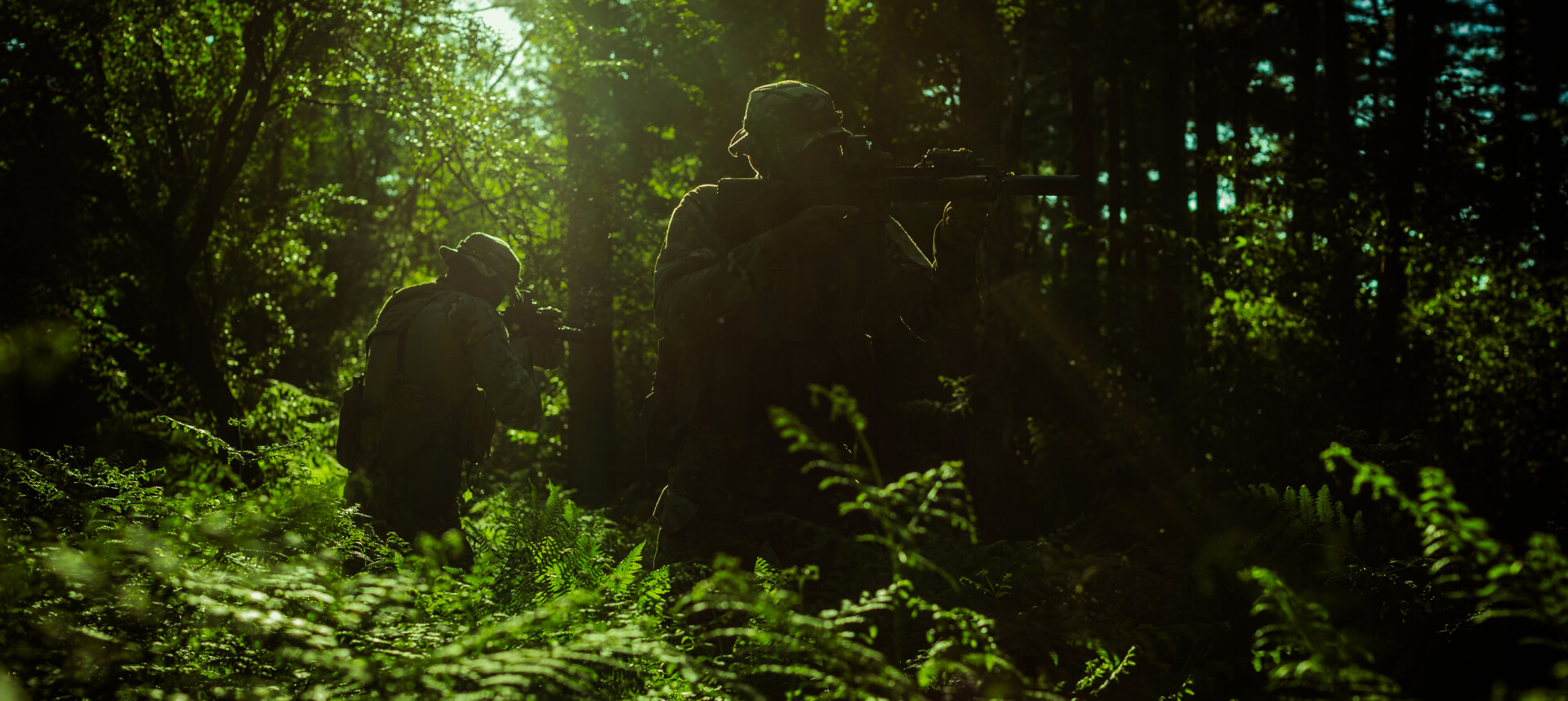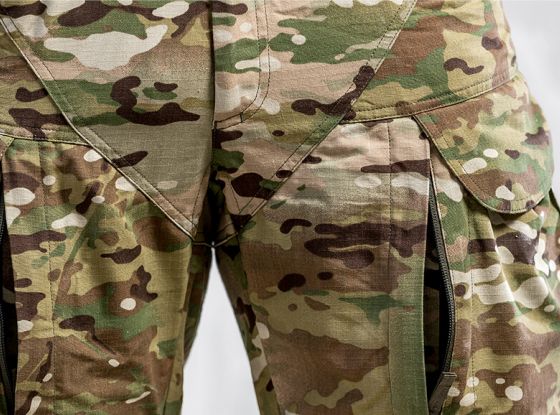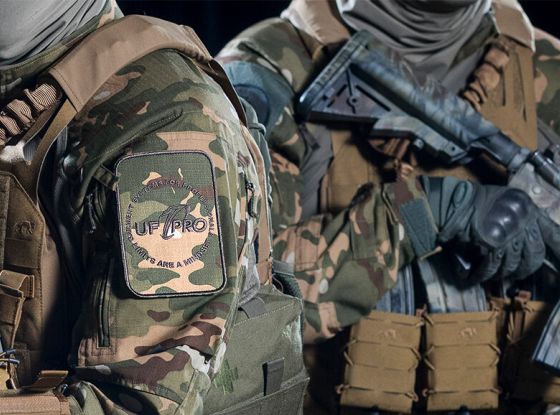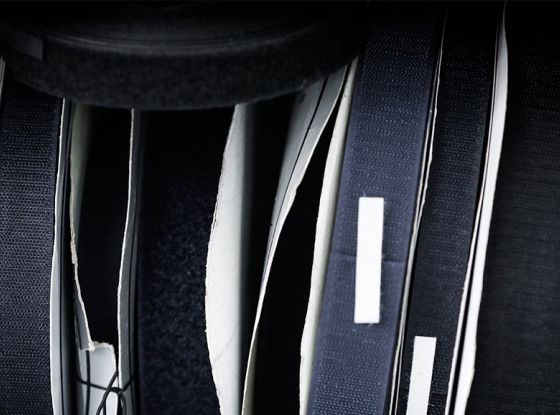When you're gearing up for tropical environments, choosing the right fabric for your Battle Dress Uniform (BDU) can mean the difference between comfort and misery. The hot, humid, and often unforgiving conditions of the tropics place extreme demands on what you wear. Both natural and synthetic materials come with unique advantages and drawbacks. But which one truly holds up in the jungle?
In this blog post:
Understanding tropical conditions
Before diving into fabrics, it’s essential to understand the specific challenges posed by tropical climates. The tropical jungle environment introduces extreme weather, dense vegetation, and unique obstacles that impact not only your clothing but also how you operate.
1. Climate and weather
Tropical environments near the equator experience high temperatures and humidity year-round. Areas farther from the equator, like parts of Southeast Asia, see distinct wet (monsoon) and dry seasons, with rainfall that can reach nearly 1000 cm (400 inches) annually, and humidity levels that consistently hover around 90%.
- Heat & humidity: High humidity makes the air feel denser and more oppressive, making sweat cling and linger. The right jungle uniform needs to breathe and dry fast to keep you cool and prevent chafing. Without effective moisture management, fabrics that trap heat can become uncomfortable fast, and even increase skin issues.
2. Terrain and vegetation
In the jungle, you’ll encounter primary and secondary jungles, swamps, savannas, and bamboo thickets—each with its own set of obstacles.
- Primary jungle: Dominated by towering trees with interlocking canopies, which block sunlight and make the jungle floor easier to navigate.
- Secondary jungle: Thick with undergrowth, shrubs, and thorns, slowing your pace and cutting visibility.
- Swamps: Both mangrove and palm swamps restrict movement, often forcing you to cut your way through.
- Savanna: Open grasslands with easy access for vehicles, but sharp grass and intense heat make foot travel challenging.
- Bamboo: Dense bamboo stands create natural obstacles for both you and your equipment.
With these conditions, you need clothing that can withstand rough terrain and vegetation while allowing you enough flexibility to move freely.
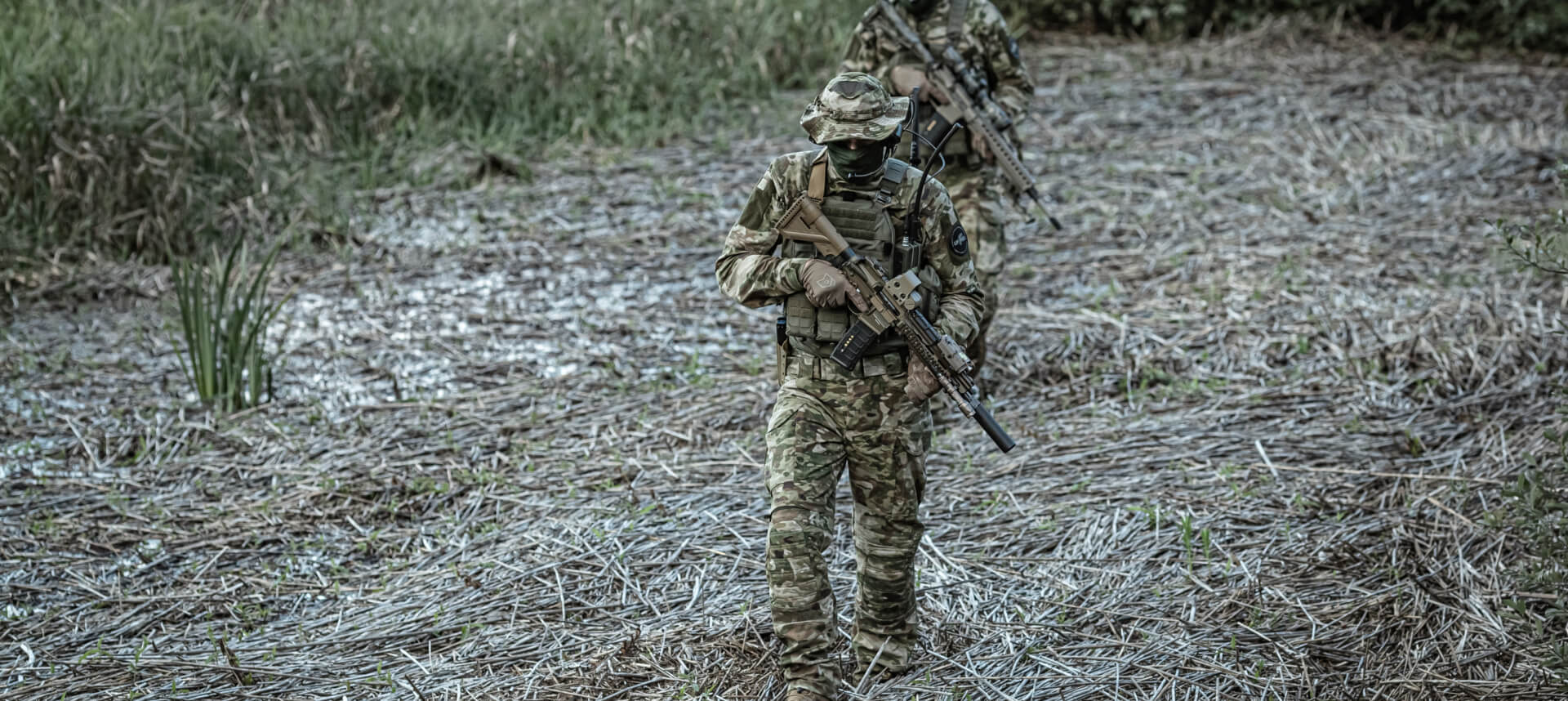
3. Jungle hazards
Tropical jungles come with hazards that can impact you and your equipment.
- Insects and poisonous vegetation: Insects, leeches, snakes, and poisonous plants are everywhere. Your clothing should shield you from bites and stings while minimizing the risk of contact with harmful plants.
- Injuries and disease: Constant exposure to moisture creates an ideal environment for fungal and bacterial infections, so quick-drying fabrics are essential for keeping your skin healthy.
- Noise: Maintaining silence is crucial, but some materials rustle loudly. Choosing quiet fabrics can enhance your stealth and help you avoid detection.
Natural materials
Cotton has traditionally been a favorite for its comfort, but is it the best choice for tropical environments?
Advantages of cotton
- Breathability: Cotton is naturally breathable, which allows air to circulate and keeps you cool in dry heat.
- Odor control: Cotton resists odors better than many synthetics, making it beneficial during longer missions.
Disadvantages of cotton
- Moisture retention: Cotton absorbs and holds water, drying slowly. In humid environments, this leads to extended discomfort and can increase your risk of skin infections.
- Heat retention: Once wet, cotton traps heat against your skin, which can be stifling.
- Durability: Cotton wears down quickly in rugged terrain and doesn’t offer much stretch, which can restrict movement when you need to climb, crawl, or navigate dense underbrush.
Synthetic materials
Modern synthetic fabrics, especially polyamide, are engineered to withstand the demands of tropical environments.
Advantages of polyamide
- Quick-drying & moisture-wicking: Polyamide repels moisture and dries quickly, keeping you dry and comfortable.
- Lightweight & durable: It’s light but tough, making it well-suited for rugged conditions.
- Flexibility & mobility: Polyamide has a slight stretch, enhancing mobility, which is crucial when you’re navigating dense terrain.
- Stealth: Polyamide’s smooth texture minimizes noise, so you can move quietly in dense foliage.
Disadvantages of polyamide
- Heat build-up: Polyamide can sometimes feel warmer than cotton, though lighter, breathable weaves help mitigate this.
- Odor retention: Synthetic materials can hold onto odors, though many polyamide fabrics now come with antimicrobial treatments to reduce this.
Performance of cotton vs. polyamide in tropical conditions
Here’s how cotton and polyamide stack up in terms of the critical factors you’ll face in the tropical battlefield:
1. Heat retention & breathability
- Cotton: Breathable and comfortable in dry heat, but once wet, it traps heat against the skin.
- Polyamide: Moisture-wicking, keeping sweat off the skin and helping regulate temperature. It may feel warmer when dry compared to cotton, but its lightweight weaves counteract this effect.
2. Moisture absorption & drying time
- Cotton: Absorbs water quickly and stays wet, which increases weight and discomfort.
- Polyamide: Repels water and dries quickly, making it ideal for humid, rain-prone environments where moisture is unavoidable.
3. Durability in harsh terrain
- Cotton: Prone to tearing and rapid wear in rugged environments.
- Polyamide: High resistance to abrasions and tears, better suited for rough terrains, dense vegetation, and other jungle obstacles.
4. Insect protection & maintenance
- Cotton: Lacks insect-repellent qualities, and its moisture retention can make it a breeding ground for bacteria and mold.
- Polyamide: Can be treated with insect repellents, and its quick-drying nature minimizes the growth of mold and mildew, requiring less maintenance.
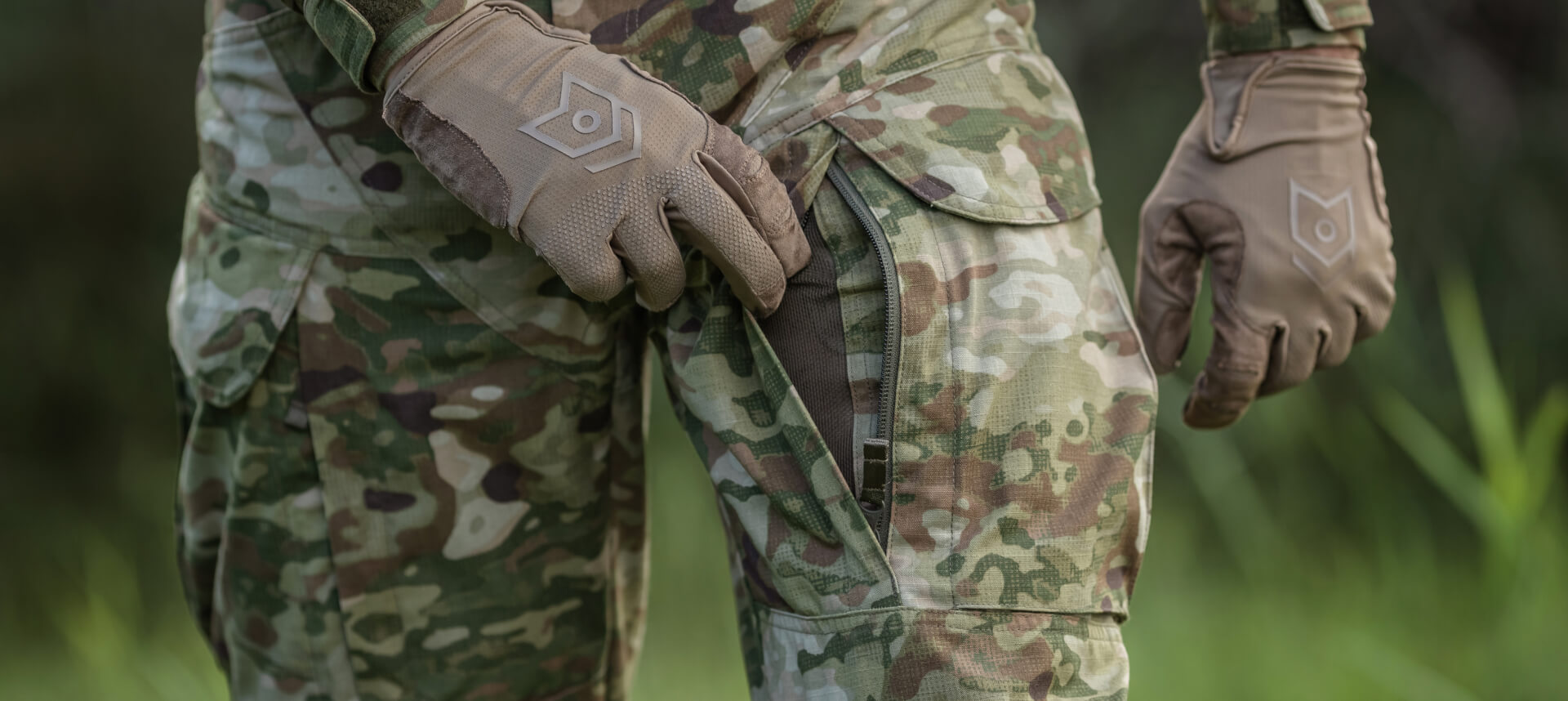
5. Noise levels
- Cotton: Can become noisy, especially when wet or in friction with itself or gear, potentially compromising stealth.
- Polyamide: Smoother and quieter, making it an ideal choice for maintaining silence during movement.
6. Odor retention
- Cotton: Naturally controls odors better than synthetics, though it still requires frequent washing in humid environments.
- Polyamide: Some modern polyamides include antimicrobial treatments to combat odor retention, but untreated polyamide may retain odors.
7. Flexibility & mobility
- Cotton: Limited stretch and rigidity restrict movement, which can be cumbersome in dense terrain.
- Polyamide: Flexible and moves with the body, enhancing comfort and reducing fatigue, which is crucial for physically demanding tasks.
8. Flammability & burn characteristics
- Cotton: Cotton is naturally flammable and can catch fire more easily than synthetic materials, with flames spreading rapidly. However, it doesn’t melt or drip when exposed to high heat. Additionally, cotton fabrics can be treated with chemical mixtures to enhance their fire resistance, reducing the likelihood of ignition and slowing the spread of flames.
- Polyamide: Synthetic materials are less likely to catch fire and tend to pull away from the flame when exposed. They melt rather than burn, which can lead to deeper burns over a smaller surface area. That said, some synthetic fibers have been specifically engineered to be flame-retardant, offering enhanced protection in high-heat environments like our FR garments line.
Why polyamide is ideal for the tropics
Among synthetic fabrics, polyamide (nylon) stands out in tropical conditions. It’s lightweight, moisture-wicking, quick-drying, and flexible, making it ideal for jungle operations.
Unlike cotton, it’s resistant to tear, offers silent movement, and can even be treated with insect repellents for extra protection. With its durability, polyamide won’t break down as quickly as cotton, so you’ll stay comfortable longer, even in the toughest conditions.
It's worth considering the risk of exposure to crossfire and potential burns when weighing your options.
Comparison summary
|
Factor |
Cotton |
Polyamide (nylon) |
| Breathability | High, but retains moisture | Moderate, moisture-wicking |
| Drying time | Slow | Fast |
| Durability | Moderate, wears down faster | High, rugged conditions-friendly |
| Heat retention | Low, but increases when wet | Low in lightweight weaves |
| Insect protection | Limited | Can be treated with repellents |
| Moisture absorption | High | Low |
| Odor control | Good | Varies, improved with treatments |
| Noise levels | Rustles when wet | Quiet, suitable for stealth |
| Flexibility | Limited | High, enhances mobility |
| Maintenance | Frequent washing, mildew-prone | Low-maintenance, quick-drying |
Conclusion
For tropical environments—where heat, humidity, rugged terrain, insects, and stealth are key—synthetic fabrics like polyamide are a clear choice.
While cotton offers comfort in dry conditions, its high moisture retention, noise, and limited flexibility make it less practical for tropical missions. Polyamide, with its quick-drying, quieter, and durable properties, gives you the high-performance edge needed in demanding conditions.
However, the tradeoff comes with the risk of burns.

